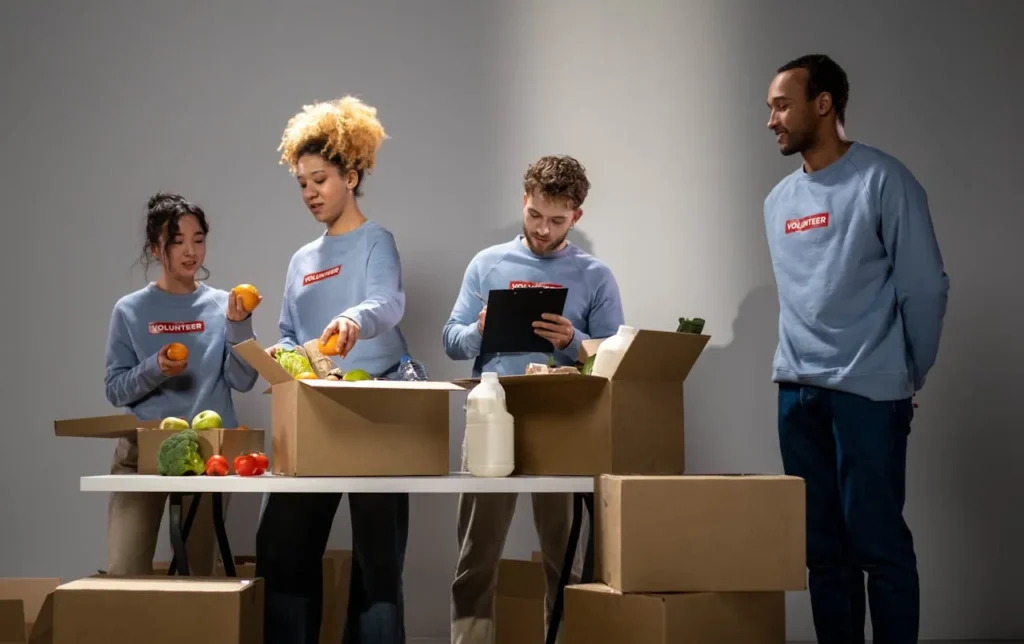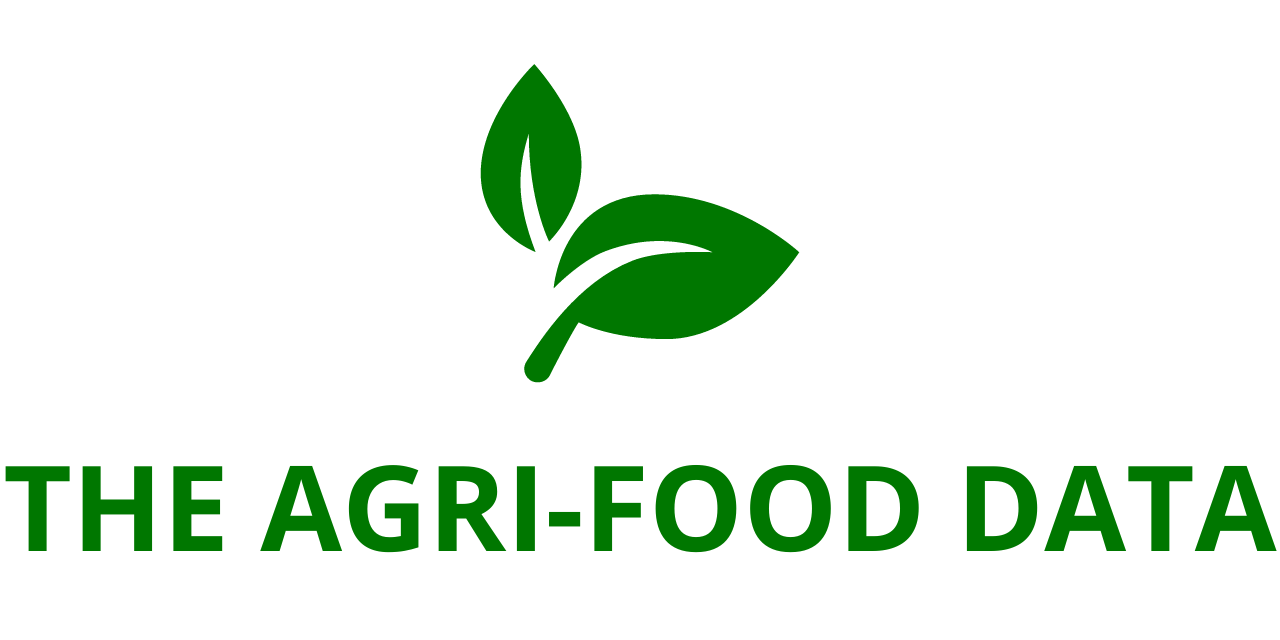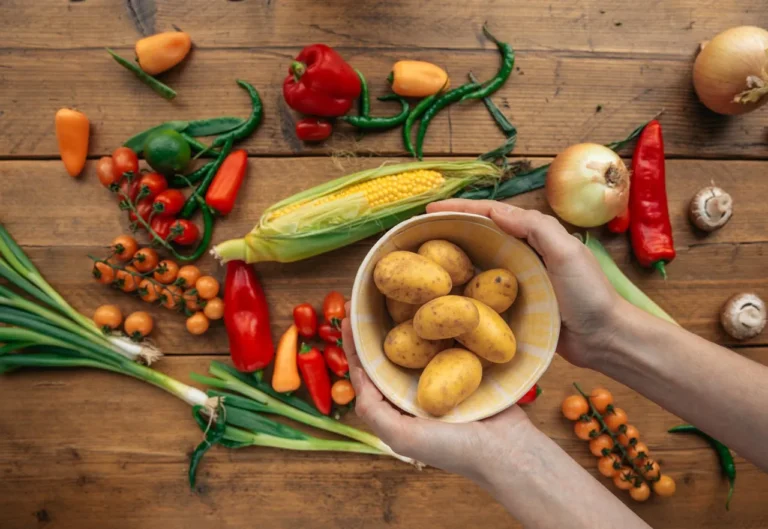
AI Meets Packaging Digital Link Introduces the First Conversational Product Experience
At Labelexpo 2025 in Barcelona, Digital Link Co-founder and CEO Paula Rivero delivered a keynote that many attendees are already calling historic. Standing on the Pulse Stage at Fira Gran Via, Rivero declared nothing less than “the end of packaging as we know it.”
For decades, packaging has played the role of a silent communicator. Labels, designs, and barcodes conveyed only as much information as could be physically printed on the surface. But Rivero argued that the industry has now crossed a threshold into a future where packaging is no longer static, but dynamic — a living digital presence that speaks directly with consumers.
Rivero unveiled what she described as the world’s first AI-powered product assistant, embedded directly into a next-generation QR code. Unlike traditional codes that simply lead to a website or PDF, Digital Link’s innovation merges GS1 Digital Link standards with conversational AI to create packaging that doesn’t just show — it responds.
“This is not a gimmick,” Rivero told the captivated audience. “For the first time, a product can respond when you ask it a question. Packaging is becoming a voice, an ambassador that represents the brand, and a listener that understands the consumer.”
A Live Demonstration That Stole the Show
Rivero’s presentation featured a series of live demonstrations that made clear just how revolutionary the technology could become.
In one example, she scanned a simple face cream package using her phone and introduced “Cleo,” the Digital Link conversational assistant. When Rivero asked whether the cream was safe for use during pregnancy, Cleo responded with thoughtful, context-aware advice — tailored recommendations based on verified product data.
In another demonstration, a bottle of gin became a bartender in its own right. With just a scan, Rivero asked for cocktail suggestions, and Cleo instantly provided recipes, step-by-step instructions, and serving tips. What once would have required searching through a website, reading a manual, or consulting customer service was now delivered instantly in natural conversation.
For attendees, the experience felt less like a trade show demo and more like a glimpse of everyday life in the near future.
The Rise of Conversational Packaging
The launch signals a major milestone in what many are calling the “conversational packaging revolution.”
Until now, packaging has been bound by the limitations of print and design. Brands could highlight nutritional facts, safety warnings, or promotional messages — but once a consumer left the store, the dialogue ended. With conversational packaging, that limitation is erased.
Instead of remaining passive, products now engage. A snack bar can explain whether it contains allergens. A detergent bottle can provide eco-friendly washing tips. A wine label can tell the story of the vineyard while suggesting food pairings.
Rivero emphasized this point strongly: “We are moving from one-way messaging to a two-way relationship. Every package can become an active participant in the consumer journey.”
Why Now? The Convergence of AI and Transparency
The timing of this innovation is no accident. The launch comes during a period when both consumers and regulators are demanding greater clarity, accountability, and accessibility from brands.
- Consumers want instant answers — especially about health, sustainability, and ethical sourcing. Today’s buyers are not satisfied with small print; they want real-time, trustworthy guidance before making a purchase.
- Regulators are raising the bar — with stricter rules around labeling, ingredient disclosure, and traceability. Compliance requirements are growing more complex across global markets.
By embedding AI directly into the GS1 Digital Link standard, Digital Link has created a platform that satisfies both needs.
Rivero described three core benefits:
- Transparency: Real-time, personalized responses about product safety, allergens, sustainability practices, or certifications.
- Agentification: Packaging evolves into a digital agent — a smart assistant capable of contextual dialogue and guidance.
- Efficiency: Brands can lower customer support costs by automating common queries, while gathering valuable insights into consumer behavior and needs.
The message was clear: packaging is no longer just about compliance — it is about competitive advantage.
Industry Reaction: A Defining Moment
The unveiling drew one of the largest crowds of Labelexpo 2025, and the buzz following the session was palpable. Analysts and industry leaders described the announcement as a watershed moment for packaging, one that could ripple across the supply chain, marketing, and consumer engagement strategies worldwide.
“This is the barcode’s successor,” Rivero proclaimed in her closing statement. “From now on, products don’t just sit on shelves. They live, they listen, they respond.”

Several observers agreed that Rivero’s framing was more than rhetoric. Much like the introduction of the universal barcode in the 1970s, Digital Link’s conversational assistant represents a fundamental shift in how information travels between companies and customers.
For packaging designers, this could mean rethinking labels entirely. For marketers, it creates new channels of engagement. For consumers, it transforms everyday interactions with products into a dialogue.
The Future of Everyday Interactions
While the initial demonstrations centered on cosmetics and spirits, the potential applications extend far beyond. Imagine:
- Pharmaceutical packaging that answers dosage questions or warns of potential interactions.
- Food packaging that confirms dietary compatibility for allergies or lifestyle preferences.
- Home appliances that guide users through setup and troubleshooting without manuals.
- Sustainable brands that showcase their environmental impact in a transparent, verifiable way.
Rivero hinted that early pilot projects are already underway with major consumer goods companies across Europe and North America. If adoption grows, consumers may come to expect every package to be conversational in the next few years.
From Static to Smart: A New Era for Brands
What makes this shift so significant is not just the technology, but the relationship it enables. In an age where consumers often distrust traditional marketing claims, an interactive, data-backed assistant can restore confidence by providing answers in real time.
For brands, the opportunity is twofold:
- Stronger trust and loyalty through transparent, responsive communication.
- Operational efficiency by reducing the load on call centers and customer support teams.
In many ways, conversational packaging bridges the gap between the digital and physical worlds — giving products a digital soul without requiring an app, login, or special device.
Conclusion: Packaging with a Voice
The debut of Digital Link’s conversational product assistant at Labelexpo 2025 may well be remembered as the moment when packaging truly stepped into the digital age.
For decades, packaging has been constrained to ink and paper, color and font. But as Rivero showed in Barcelona, the future belongs to packaging that talks, listens, and learns.
What began as a scan of a QR code has blossomed into something bigger: a redefinition of the relationship between people and the products they use every day.
If Rivero is right, the world has just witnessed the birth of a new standard — one where packaging is no longer silent, but a constant, intelligent companion in the consumer’s life.





